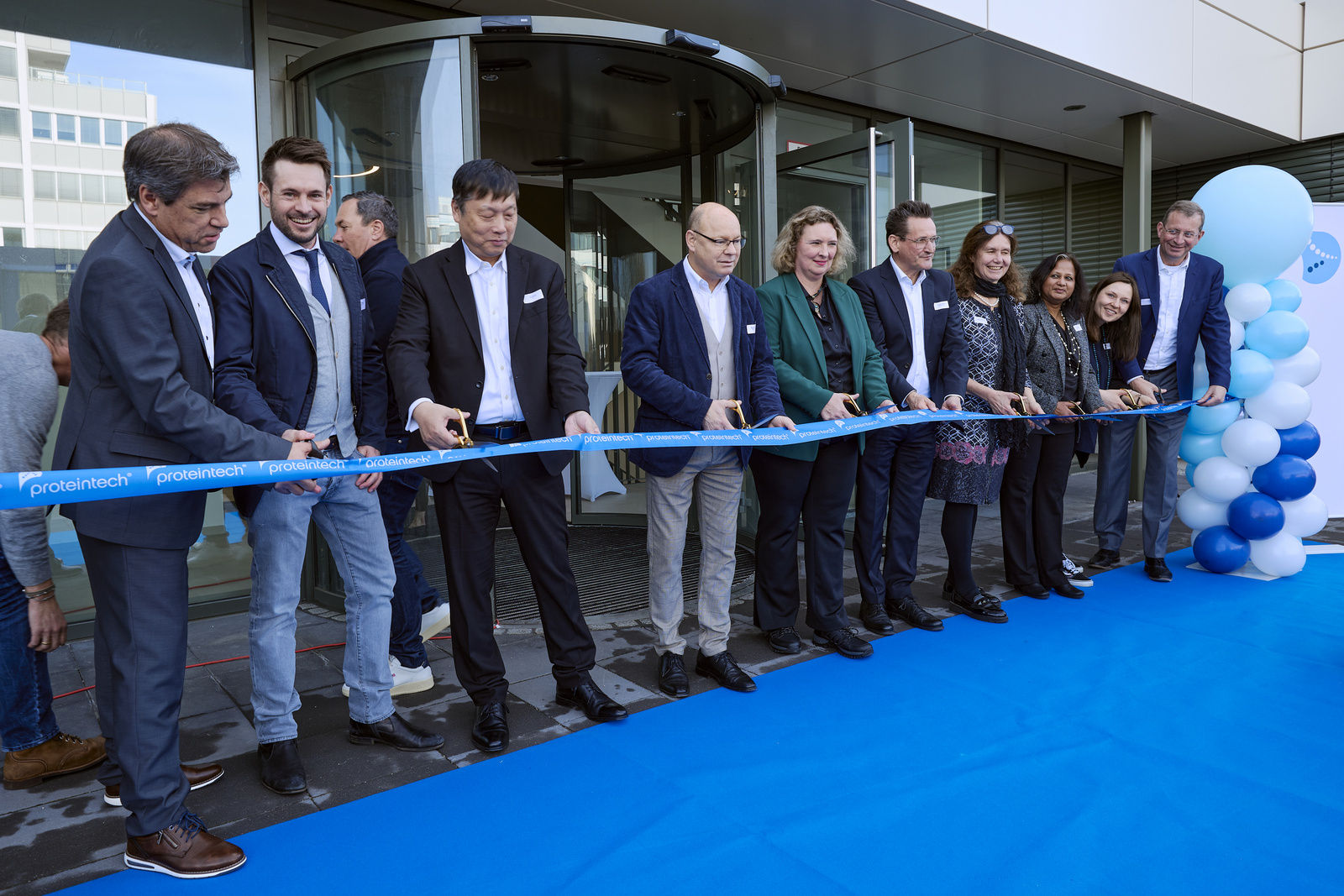- Startseite -
- Digital Bavaria -
- Blog #bytevaria - Collaboration between start-ups and established companies – a model for success in Bavaria
Collaboration between start-ups and established companies – a model for success in Bavaria
When it comes to the successful development of cross-industry innovations, collaborations between start-ups and established companies in Bavaria are to a certain extent the no longer quite secret secret recipe. Numerous trade fairs and networking events promote such alliances – even between successful, long-established companies. All players generally benefit in the long term: innovation from the start-up scene meets specialist expertise that has been consolidated over the years. And this goes far beyond pure digitisation issues.
What types of collaboration exist? What opportunities are there in Bavaria? What kind of support do start-ups and established companies get when they enter into a collaboration? You can read all about this in this blog.
Bavarian start-ups as drivers of innovation: the advantages of collaboration for established companies
Start-ups and young companies are clear drivers of innovation. Turning an idea into a new solution is what they do best. A drive from which established companies in particular can benefit: a collaboration often brings with it new technologies and a different perspective, alongside fresh ideas. Mastering future challenges together is an important focus, especially in Bavaria. This recently became apparent during the crisis by the Start-up Shield Bayern, which aims, among other things, to protect entrepreneurial diversity in Bavaria.
Cross-industry collaborations are given a high priority in Bavaria. They sustainably strengthen the business location and create synergy effects with added value for everyone involved. It is not without reason that the start-up scene in Munich is one of the best in Germany.
Growing together in Bavaria
Regardless of whether it is a large corporation or an SME firmly established on the market, Bavaria has a solid network within the various sectors, research institutions and between existing companies. Start-ups can take advantage of this network by collaborating on equal terms. Even when it comes to conquering established markets with (disruptive) innovations, existing processes as well as operational structures and the infrastructure are sometimes important to drive future solutions. Start-ups also benefit from their established collaboration companies’ many years of experience and industry knowledge.

Overview of different types of collaboration for companies
There are basically many different ways of entering into partnerships in Bavaria. For example, there is a large network of accelerators in Bavaria. These offer start-ups the opportunity to come into contact with established companies and enter into collaborations. These are also these options:
- Direct Sourcing: A start-up is commissioned directly for a project.
- Internal Innovation Units: A start-up forms an internal innovation unit within an existing company.
- Corporate Incubator: Mostly set up by companies themselves to drive innovation in their industry. Bavarian examples include BMW Start-up Garage or ESA Business Incubator Centre Bavaria
- External Subsidiary: A subsidiary company of a large corporation is looking for a collaboration partner, usually a start-up, whose idea is then adapted to the parent company.
- Entrepreneurial Co-Creation Model: An existing company’s new market segments are developed and implemented with the help of an “Advisory Board for Co-Determination”, which consists of internal developers, members of the board of directors and external companies.
Finding the right type of collaboration for your company
So in Bavaria there are numerous opportunities for collaboration between start-ups and established companies – the question remains how to find the right type for you. Whether you’re a founder, young entrepreneur or global player, these questions are usually of great importance to those involved:
- Which goals are to be achieved? For which problem do you need a solution?
- What kind of access do you get through the collaboration?
- Which framework conditions must be maintained, which ones must be newly created?
By answering these questions, it is possible to define what expectations both sides have beforehand. The appropriate form of collaboration can then subsequently be found.

The technologies that companies should invest in over the course of 2024

Chicago/Planegg-Martinsried: the US-based Proteintech Group triples the size of its site in Bavaria – with a key focus on research & development, production and logistics

![[Translate to English:]](https://ik.imagekit.io/sgliwi1izsz/media/images/team_2021/mitarbeiter/Hr.Julian.Hechler_klein_V1.jpg?tr=w-1024 1024w, https://ik.imagekit.io/sgliwi1izsz/media/images/team_2021/mitarbeiter/Hr.Julian.Hechler_klein_V1.jpg?tr=w-1280 1280w, https://ik.imagekit.io/sgliwi1izsz/media/images/team_2021/mitarbeiter/Hr.Julian.Hechler_klein_V1.jpg?tr=w-1536 1536w, https://ik.imagekit.io/sgliwi1izsz/media/images/team_2021/mitarbeiter/Hr.Julian.Hechler_klein_V1.jpg?tr=w-1920 1920w)